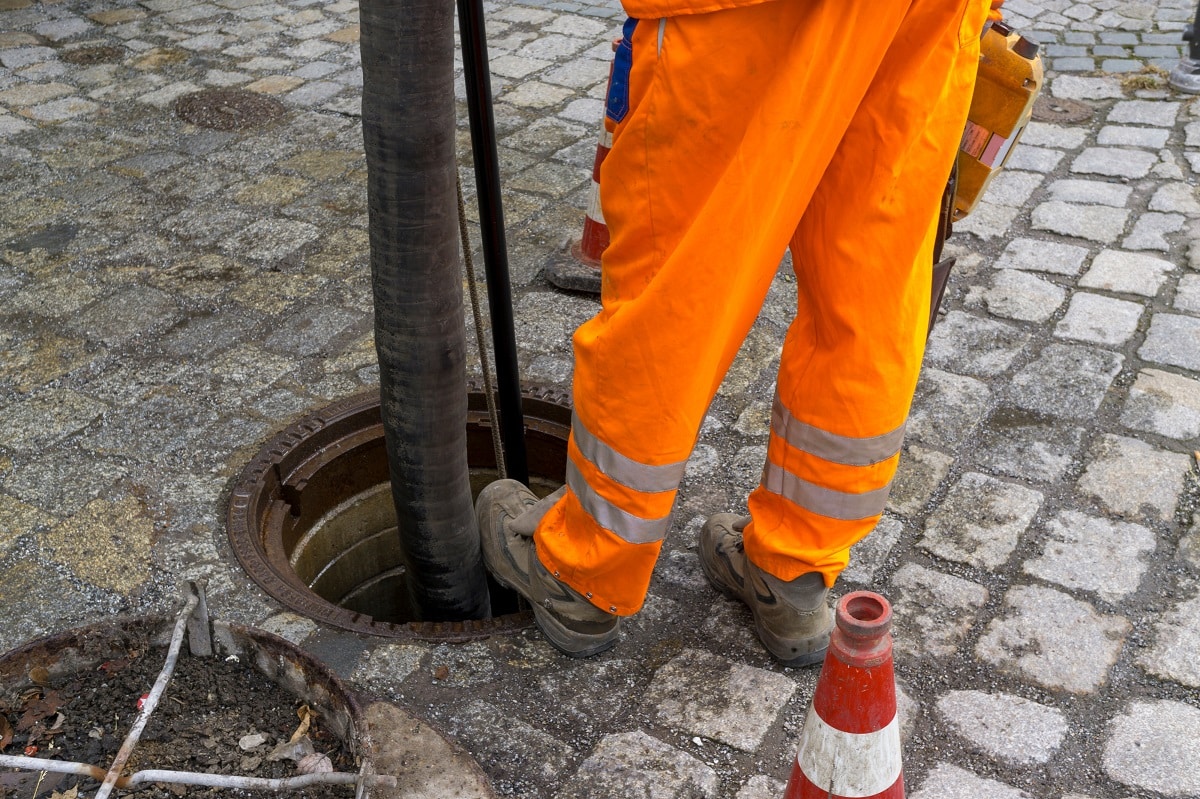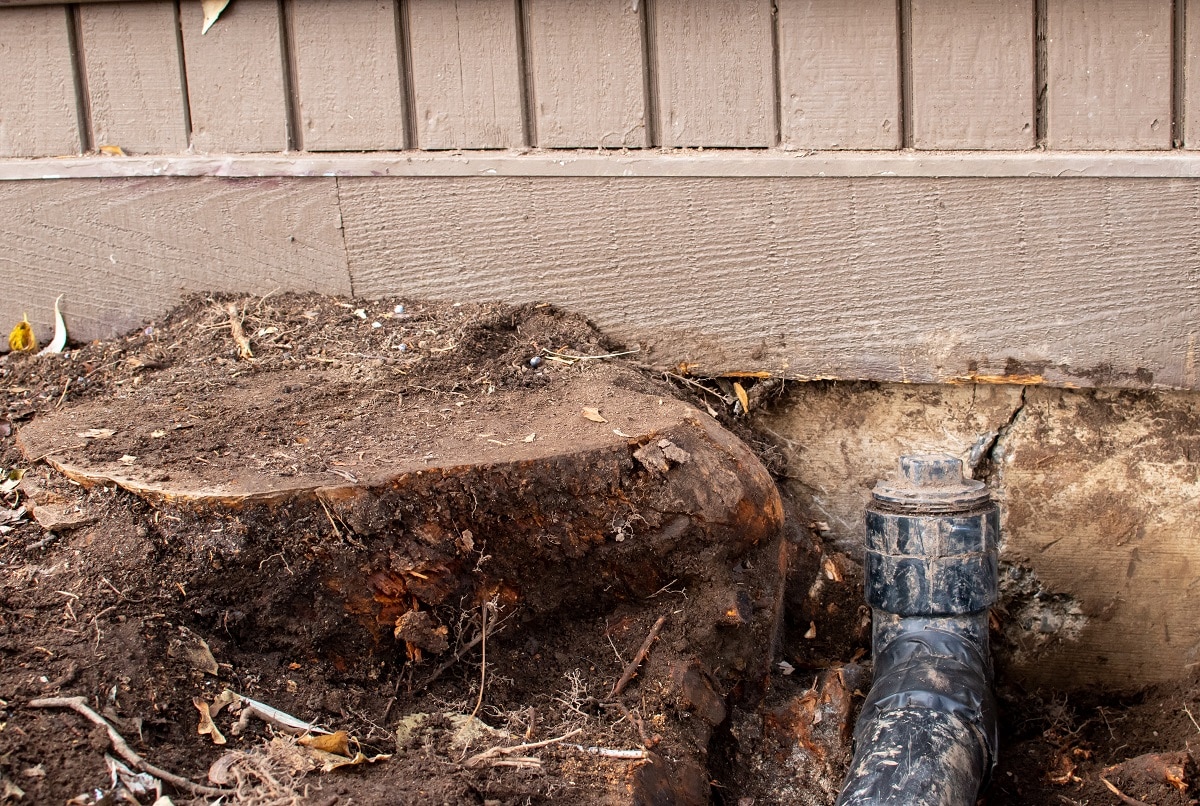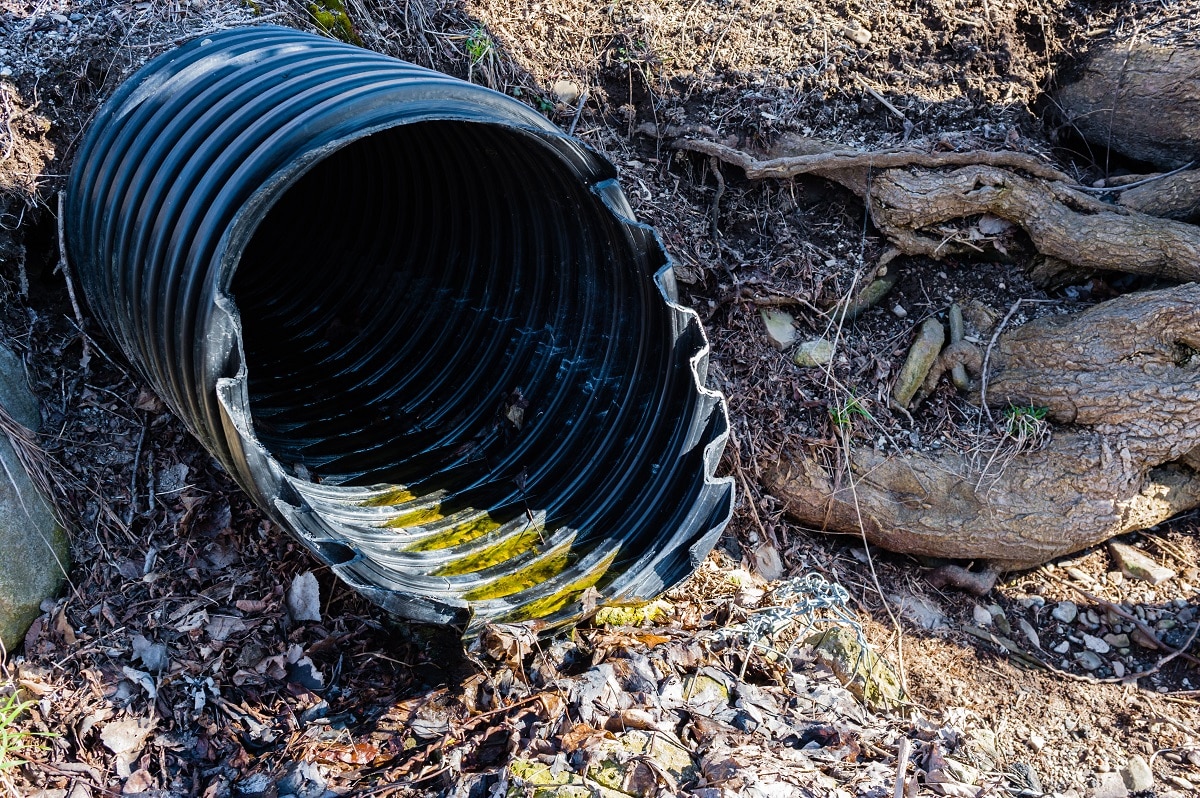Connecting a new drain to an existing sewer pipe is a complex job that requires careful planning and preparation. It is important to understand the basics of the process, such as the type of pipe and fittings to use, the local drainage regulations, and the safety measures to be taken. It is also important to know the location of the existing sewer pipe, as well as the type of backflow prevention device that must be installed. Additionally, the pipe must be insulated to prevent freezing and the trench must be filled with soil to ensure that the connection is secure. Taking the time to understand the basics of connecting to an existing sewer pipe is essential for a successful installation.
Check if a Sewer Connection is Required
Before connecting a new drain to an existing sewer pipe, it is important to check if a sewer connection is required. Homeowners should contact their local water authority to determine if a permit is needed for the work. Depending on the area, a permit may be required to obtain approval for the connection. If a permit is required, the homeowner should apply for it and wait for approval before starting the work. It is also important to check local regulations to ensure that the connection is in compliance with local laws. Doing so will help ensure that the connection is safe and secure.
Research the Local Drainage Regulations
Before starting any work on a sewer connection, it is essential to research the local drainage regulations. These regulations will vary from area to area, so it is important to ensure that all necessary permits and approvals are obtained. It is also important to understand any local restrictions on the type of pipe and fittings that can be used. Additionally, it is important to check if there are any existing drainage networks that the new connection must be connected to. Researching the local drainage regulations is a critical step in ensuring that the sewer connection is properly installed and in compliance with all regulations.
Prepare the Pipe and Fittings to be Used
Once the location of the existing sewer pipe has been marked, the homeowner should prepare the pipe and fittings to be used. This includes purchasing the appropriate materials, such as PVC pipe, fittings, glue, and a drain snake. The homeowner should check the materials for any damage or defects. It is also important to ensure that the pipe and fittings are the correct size for the job. Once the materials are ready, the homeowner should use the drain snake to dig a trench for the new pipe. This will ensure that the new pipe is properly connected to the existing sewer pipe.
Mark the Location of the Existing Sewer Pipe
It is important to accurately mark the location of the existing sewer pipe before beginning the connection process. This can be done by using a tape measure or a laser level to measure the distance between the new drain connection and the existing sewer pipe. Once the distance is determined, the homeowner should use a marker or chalk to mark the location of the existing sewer pipe. This will ensure that the new drain connection is made in the correct place and that the existing pipe is not damaged during the installation process.
Cut the Existing Sewer Pipe
Cutting the existing sewer pipe is a delicate process that requires precision and skill. To ensure that the cut is made correctly, it is important to use the proper tools and techniques. Start by using a hacksaw or reciprocating saw to make the cut. Make sure that the cut is straight and that the edges are smooth. If the cut is not straight, it can cause problems with the fit of the new pipe. Once the cut is made, use a deburring tool to remove any burrs or sharp edges from the pipe. This will ensure that the new pipe is properly sealed to the existing pipe. Finally, use a pipe cutter to ensure that the cut is precise and that the new pipe will fit securely.
Connect the New Pipe to the Existing Sewer Pipe
Once the new pipe is prepared and the existing sewer pipe is located, it’s time to connect the two. First, the homeowner should use a hacksaw to cut the existing pipe to the correct length. After the pipe is cut, the homeowner should then use a PVC pipe and fittings to connect the new pipe to the existing sewer pipe. Once the connections are made, the homeowner should use PVC glue to ensure that the connections are secure. Finally, the homeowner should use a drain snake to test the connection for any leaks or blockages. With the right tools and materials, connecting a new drain connection to an existing sewer pipe is a relatively straightforward process.
Test the Connection for Leaks
Testing the connection for leaks is an essential step in the process of connecting to an existing sewer pipe. Before and after the installation, the homeowner should use a pressure gauge to test the connection for any leaks. If any leaks are detected, the homeowner should use a pipe sealant to fix them. It is also important to check the pipe for any other signs of damage such as cracks, corrosion, or tree roots. If any of these issues are present, the homeowner should repair them before testing the connection for leaks. Finally, the homeowner should also check the pipe for any signs of water damage or structural damage that may have occurred during the installation process. Once the connection has been tested and all issues have been addressed, the homeowner can be confident that the connection is secure and will last for years to come.
Install a Backflow Prevention Device
Backflow prevention is an essential step in connecting a new drain to an existing sewer pipe. Installing a backflow prevention device helps to prevent wastewater from flowing back into the home and contaminating the drinking water supply. The device should be installed in line with the local water authority’s regulations and should be tested regularly to ensure that it is functioning correctly. Professional plumbers can help to install the device correctly and ensure that it is properly maintained. Installing a backflow prevention device is an important step in protecting the safety of your home and your family.
Cover the Pipe with Insulation
It is important to cover the pipe with insulation to protect it from the elements. The insulation should be made of a durable material such as rubber or plastic, and should be applied around the entire length of the pipe. It is also important to ensure that the insulation is properly sealed to keep out moisture and to prevent condensation from forming on the pipe. Additionally, the insulation should be placed at least six inches away from the pipe to ensure that it does not interfere with the connection. Properly insulating the pipe will help to extend its lifespan and ensure that it functions properly for years to come.
Fill the Trench with Soil
Once the pipe is connected and the glue has dried, the trench must be filled with soil. It is important to fill the trench carefully and evenly, making sure that the soil is firmly packed down. If the soil is not packed down properly, the pipe may become unstable and the connection may be compromised. To ensure that the connection is secure, the homeowner should tamp the soil down with a tamper or use a plate compactor. Additionally, the homeowner should check to make sure that the soil is not too close to the pipe, as this could cause the pipe to become crushed. After the trench is filled, the homeowner should check the connection one last time to ensure that it is secure and watertight.
Connect the New Sewer Pipe to the Existing Sewer Network
Once the new sewer pipe has been connected to the existing pipe, it must be connected to the existing sewer network. This requires a professional plumber to ensure that the connection is done properly and safely. The plumber will need to check the existing sewer network for any signs of blockages, damage, or corrosion before connecting the new pipe. If the existing sewer network is in good condition, the plumber will then attach the new pipe to the existing network. The plumber will also need to check the connections to make sure they are watertight and secure. Finally, the plumber will need to test the connection to ensure that it is working properly and that it meets all local regulations.
Apply for Official Approval of the Connection
Once the new connection has been made, it is important to apply for official approval from the local water authority. This is to ensure that the connection is fully compliant with regulations and that it meets all safety and environmental standards. To apply for approval, the homeowner must provide a detailed plan of the connection and the materials used, as well as a fee. Once approved, the homeowner will receive a certificate of approval, which will be required for any future work.
Have a Professional Inspect the Connection
Having a professional inspect the connection is essential to ensure the work was done correctly and that it complies with local regulations. A professional plumber can check for any leaks or structural damage to the existing pipe, as well as make sure the connection is properly vented and that additional drainage or a septic tank is not required. They can also check for any blockages or roots, and repair any existing cracks or gaps in the pipe. Having a professional inspect the connection will give you peace of mind and ensure the job is done right the first time.
Get Started on Your Sewer Connection Project Today!
If you’re ready to get started on your sewer connection project, you should first contact your local water authority to ensure that you are in compliance with all local regulations. You should also contact a professional plumber to ensure that the work is done correctly. Once you have all the necessary materials and permits, you can begin the process of connecting the new drain to the existing sewer pipe. Make sure to take all the necessary safety precautions and follow all instructions carefully to ensure that the connection is secure and watertight. With the right preparation and attention to detail, your sewer connection project can be completed quickly and efficiently. Get started on your project today and enjoy the peace of mind that comes with knowing your new connection is safe and secure.



